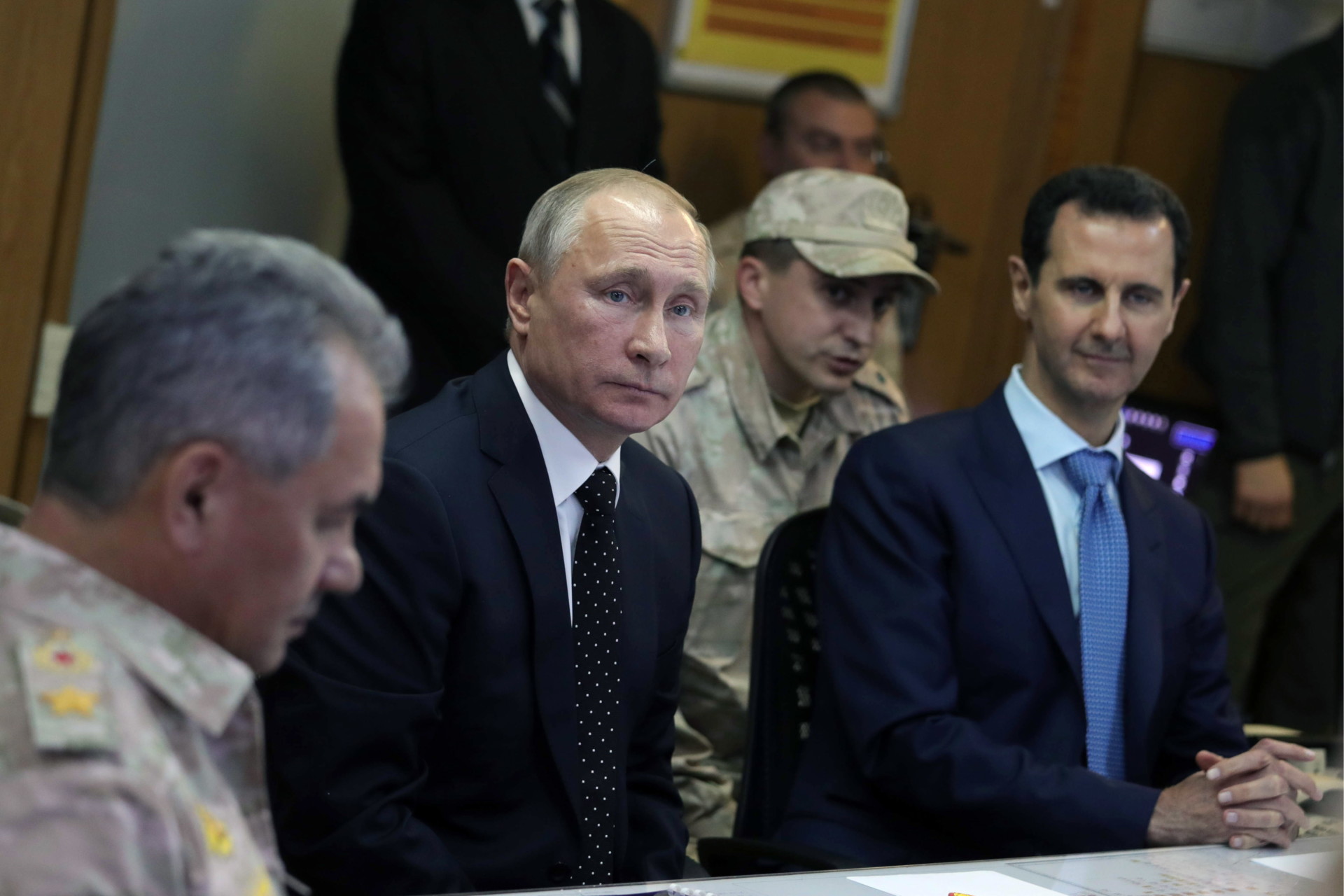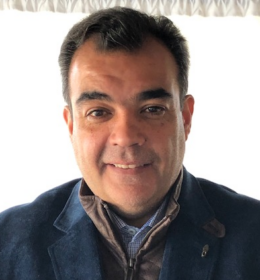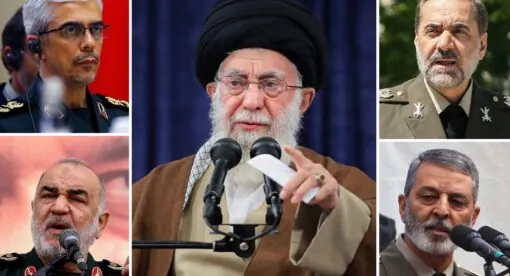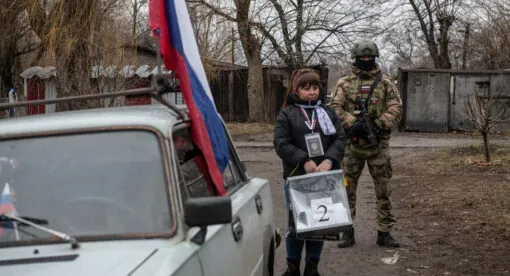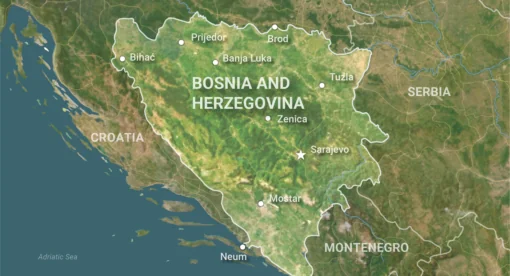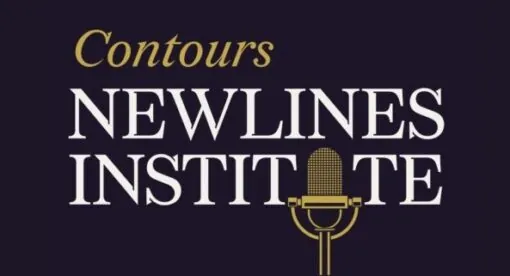Moscow is making a significant, sophisticated effort to dismantle local support for U.S. involvement in Syria, but its strategy faces several constraints.
In Syria, the U.S. presence faces no serious threat from the regime of President Bashar al-Assad, Iran, or the Islamic State. All lack substantial grassroots support and suffer serious military and economic constraints. The Russian effort in northeast Syria is different: It aims to turn Arab and Kurdish communities against the U.S. presence and deprive it of local support through social, military, economic, and political engagement with locals and to reach out to the Syrian diaspora to advocate the Russian position. However, while the Russians have big ambitions in northeast Syria, they are constrained in their ability to achieve them.
According to the U.S. government, American troops are in northeast Syria to defeat ISIS and prevent its resurrection; counter Iran; and pressure the Assad regime to embrace a meaningful political process per U.N. Security Council resolutions, especially Resolution 2254, which offers a roadmap to end the conflict. These are U.S. policy aims but not necessarily the objectives behind their actual troop deployment.
The United States has said it does not intend to end the Russian military presence, though Russia considers the U.S. presence in Syria illegitimate. U.S. control of oil fields further aggravates the Syrian regime’s economic plight and disrupts Moscow’s efforts to normalize al-Assad’s military gains. The United States has made it clear that it has no interest in staying in Syria; it is there to counter ISIS while not allowing Iran to take advantage of the vacuum created by the demise of the territorial caliphate. Russia, however, does not trust the United States and has its own perception of the endgame in Syria. Moscow sees Washington as blocking it both by sanctions and by its forces on the ground.
Russia’s Edge in Northeast Syria
Russia knows the U.S. deployment in northeast Syria helps prevent a political resolution on Russian terms. In February 2018, it indirectly tried to challenge this U.S. presence using the Russian military contracting company Wagner, which advanced on the Conoco oil field only to be stopped by overwhelming U.S. force. This was a clear enforcement of U.S. red lines. The non-response from Russia highlighted its humiliation and likely deepened its desire to counter the U.S. agenda in Syria.
In October 2019, Turkey invaded territories east of the Euphrates Region, triggering a Russian advance into the area and offering an opportunity. Russia has made use of its prior knowledge of this area’s history, social fabric, and habits, as well as the intricacies of the tribal system, rolling out social, military, and economic plans to consolidate Russian influence. Russia was helped by historic goodwill among locals, particularly Kurds, generated by 40 years of steady cultural exchange, including admitting thousands of Syrian students into Soviet (and later Russian) universities.
Russia thus has had an edge over the United States in understanding and exploiting the local context. It has not made the Syrian Democratic Forces (SDF) its sole partner in controlling the region or interacting with the local community, opting instead to engage directly with a broad array of independent figures, academics, and tribal notables from both Arab and Kurdish clans. This firsthand, multilevel engagement has given the Russians credibility and influence among local populations as they tackle such delicate topics as the return of displaced populations to Turkish-held areas in northeast Syria, the status of the city of Afrin (Aleppo province), and constitutional solutions to Kurdish grievances.
Russia also has provided meaningful support for the Kurdish cause, as when it supported a visit by a cohort of lawyers to Moscow to help set up an international tribunal against Turkey and its supporting forces over abuses against Kurds in incursions into Ras al-Ayn (Hasakah), Tal Abyad (Raqqah province), and Afrin. Additionally, with the SDF needing Russian backing to deter Turkey, Russians seized the opportunity to set up its own militias, training them at the Qamishli Airport and promising salaries of up to $200 per month to volunteers age 18 to 35.
SDF forces are divided geographically between U.S.-controlled areas mainly in Deir Ez-Zor province and the part of northeast Syria that is under Russian control. The SDF leaders know from their daily dealings with both sides that no country can compete with the U.S. military, something that Russians did not correctly factor into their calculus. U.S. financial assistance, equipment, technologies, and commitments all steer the locals to see the American dream on their lands and contrast it with the fact that the Russians have very little to offer.
The Russians have benefited from arrangements with Turkey regarding the general area east of the Euphrates Region, specifically in the northern countryside of Hasakah, which has increased Russian influence including among fighting groups. The Russian military also exploited the U.S. withdrawal after the Turkish incursion, quickly occupying military bases vacated by U.S. troops and landing helicopters onsite to prevent U.S. strikes on infrastructure and runways in particular.
Moscow’s Syria Strategy
The strategic intent of the Russians behind these moves is not to dislodge the United States per se. Washington isn’t investing much militarily to begin with. Thus, the Kremlin is trying to help the Assad regime expand its writ into the territories formerly held by ISIS, which would explain why Moscow is pouring resources into a regime that remains vulnerable. The only way the Assad regime is secure in the western half of the country is if it has strategic depth in the east — meaning the Russians have to be players on the ground all across the country. Assad regime forces are already in the east but are weak and have limited movement and resources.
By expanding its operations to the east, the Russians are telegraphing that they are directly competing with the Americans. This serves the Kremlin’s interests to be seen as equal to the United States. Furthermore, through an expanding intervention in Syria, Moscow is seeking to showcase a successful model of solving conflicts (in contrast to what the failed U.S. models in Iraq and Afghanistan). However, it needs not only military victories but the follow-on social and economic success, which is where northeast Syria is important, where it can get a hold of the natural resources it needs to compete with the United States.
To further gain local trust and signal its enduring presence and commitment, Russia has expanded its military base in the Qamishli Airport. It reportedly intends to operate it as its own permanent base in the region, equivalent in importance to the Khmeimim airbase in Latakia province, on a 49-year lease. Indeed, helicopters and a Pantsir air-defense platform, among other materiel, have been sent to the airport. To emphasize the point, Russia has encouraged locals to rise up against U.S. presence, the aim being to portray U.S. troops as militum non grata.
Russia is cultivating economic ties and aims to create a sympathetic socio-economic class in the area as it did in Chechnya. In coordination with Iran and local officials, Russia has promised to supply local merchants with goods and products needed in the local market and to suspend onerous taxes and duties, thus bringing down prices and relieving locals.
The Russians also have been active in portraying themselves as guardians of the Orthodox church in al-Jazirah, meeting with clergy and defending the church’s economic and scholastic interests, including with schools and curricula issues, in the Hasakah governorate.
In all this, Moscow’s primary objective is to drive U.S. forces out, derail U.S. policy and, above all, restore Assad regime control east of the Euphrates. Indeed, Russia has convened several meetings between SDF and regime representatives to explore joint military, economic, and political mechanisms. This aims to fulfill some Kurdish demands while presenting Moscow a trusted guarantor, overshadowing the Syrian Constitutional Committee and United Nations.
Russia is exploiting the thin American presence in the country, which greatly helps Moscow’s goal of trying to salvage a worsening situation given the weakening Assad regime. The Russians also take comfort from the fact that they have a monopoly on relations with the regime, which helps the Kremlin deliver on its promises without going to international forums. While Russia cannot be a credible mediator between both Arab and Kurdish opponents and Damascus, it is hoping to make inroads because of the small U.S. footprint in the country.
At Russia’s behest, the Assad regime is restoring damaged infrastructure in SDF-controlled areas, specifically utilities in Hasakah province, in competition with U.S.-led stabilization efforts. Indeed, local authorities arranged for Russian delegates to meet with representatives from local councils to discuss the state of services in their areas and how Russia can help improve them. By contrast, in meetings between the Syrian Democratic Council, the political wing of the SDF, and local council representatives, participants emphasized that engaging Russia was aimed not at facilitating the regime’s return but was a result of the international community’s failure to provide basic services to the population.
Concurrently, in Deir ez-Zor province, Russia continues its outreach to local leaders, inviting them to Khmeimim airbase as guests of the Russian state and offering promises of semi-autonomous rule – similar to the promises made to the Kurds – as well as economic and security incentives in exchange for reconciliation with the Assad regime and evicting U.S. troops in their areas.
As local populations assess Moscow’s efforts, they perceive no attractive alternative from the U.S. side, including from its alliance with the SDF. Statements by coalition officials mention provisions of aid to SDF-controlled regions, yet the situation on the ground is one of resounding public indignation in light of dire economic and living conditions, among a litany of other issues that local public opinion blame on the SDF partnership with the United States. This is only compounded by Washington’s apparent lack of political commitment to the SDF, as evidenced by its preference to leave the whole topic of Kurdish rights in the hands of the Syrian Constitutional Committee, into which the Americans are trying to insert all Kurdish factions.
Russian embassies are constantly in touch with Syrians abroad as well – particularly from minorities like the Alawites, Christians, and Kurds. Russia repeatedly reminds the diaspora that it is the only nation able and willing to protect their coreligionists in Syria and is therefore entitled to their cooperation in exchanging and circulating information. This includes demands that journalists and activists agitate against the U.S. role in Syria and propaganda that the United States is supporting terrorists in Idlib. Russia’s audience is also pressed to criticize and discredit U.S. officials’ handling of the Syria portfolio, undermining their standing internationally and among local Syrians.
Also important to the Russian effort in Syria are the links between the Turkish opposition group the Kurdistan Workers’ Party (PKK) (which remains extremely influential in the SDF’s strategic decision-making), the Syrian regime, and Russia – relations that have transcended ad hoc interests. It was Hafez al-Assad, Bashar al-Assad’s father, who helped the PKK emerge as an armed group, facilitating its campaign against Turkey while continuing to marginalize the broader Syrian Kurdish population. His ally at the time, the USSR, also supported the PKK as a Marxist organization against Turkey, hosting some of the group’s top leaders during the Cold War. This has facilitated SDF-Russian-Assad regime relations today, though the relationship is complicated by inevitable divergences in priorities between the PKK and its Syrian affiliate, which is inclined to prioritize hard-won gains rather than broaden its military agenda. Nevertheless, these bonds do not necessarily reflect the will of the Kurds or the Arabs, whether or not they are taking part in the Autonomous Administration of North and East Syria.
Strategic Constraints
In light of its significant, sophisticated efforts, it is tempting to conclude that Russia is on its way to dominating northeast Syria and perhaps the whole country, at the expense of U.S. efforts there, but this is not at all assured. In truth, Russia remains vulnerable on several fronts and faces constraints, including financial difficulties, its need to avoid conflict with Turkey (or even woo it as a partner at NATO’s expense), enduring popular rejection of the regime in much of northeast Syria, and of course Russia’s own role in the mass killing of Syrians throughout the conflict.
Meanwhile, the SDF forces are divided geographically between the U.S.-controlled areas mainly in Deir Ez-Zor province and the part of northeast Syria that is under Russian control. The SDF leaders know from their daily dealings with both sides that no country can compete with the U.S. military, something that Russians did not correctly factor into their calculus. U.S. financial assistance, equipment, technologies, and commitments all steer the locals to see the American dream on their lands and contrast it with the fact that the Russians have very little to offer.
Russia’s policy is vulnerable. As such, members of the U.S.-led international coalition would be well advised to: closely monitor Russian strategy and policy in the northeast; engage more deeply with the local populations in order to neutralize pro-Russian sentiment – both Arab and Kurd – in the region; work toward holding local elections that suitably reflect the popular mood; and speed up stabilization projects in meaningful partnership with local stakeholders. This would deprive Russia of opportunities to exploit local disenchantment and grievance and facilitate its failure to undermine the U.S. goals and presence in Syria while boosting the Geneva framework as the only practical and defensible forum for pursuing political stability.
Bassam Barabandi is a Non-Resident Fellow at the Newlines Institute and the Co-Founder of People Demand Change. Previously, Mr. Barabandi served in the foreign service of the Syrian regime for 14 years during which he was posted to various Syrian diplomatic posts including Beijing, New York and Washington. Since leaving the regime in 2013, he has written extensively on the Syrian conflict in Foreign Affairs, Foreign Policy, National Interest, etc. and has been frequently quoted in the mainstream media. Follow him at @BASSAMVA.
The views expressed in this article are those of the author and not an official policy or position of the Newlines Institute.

